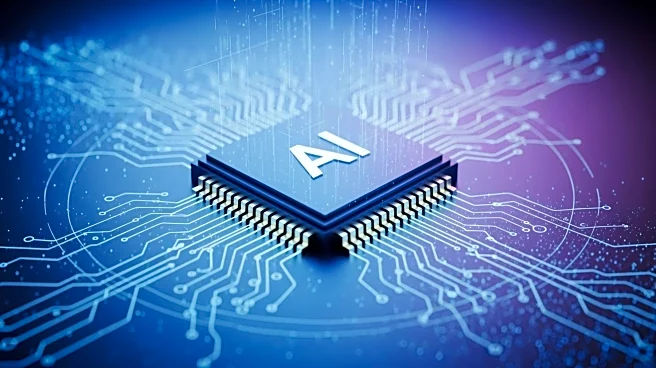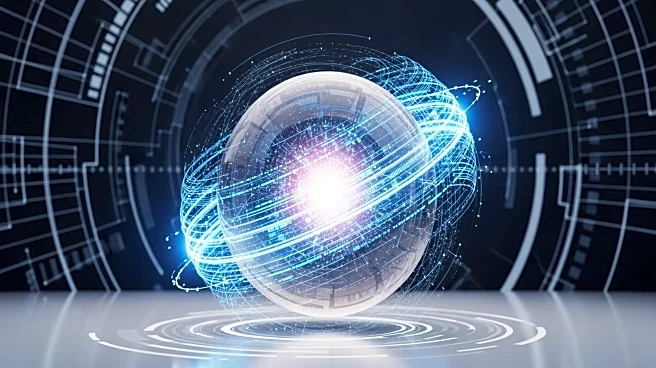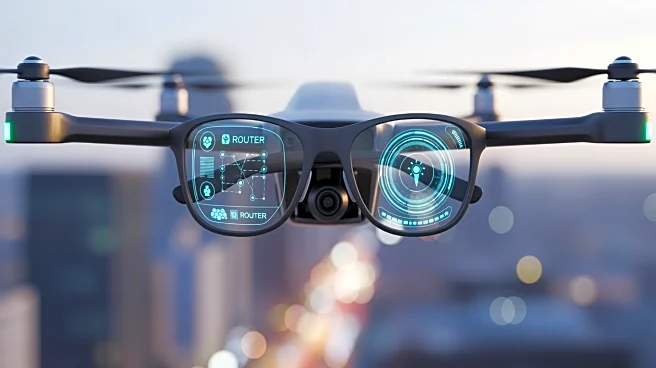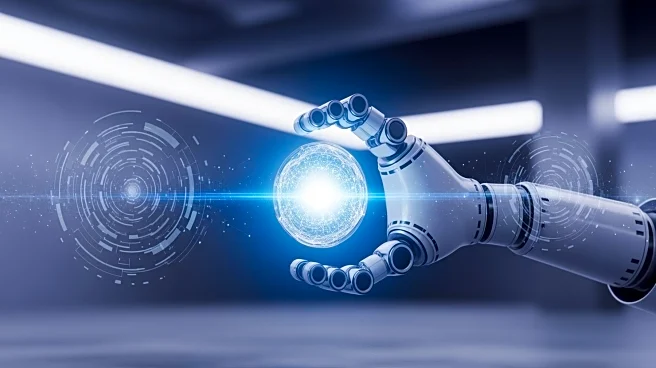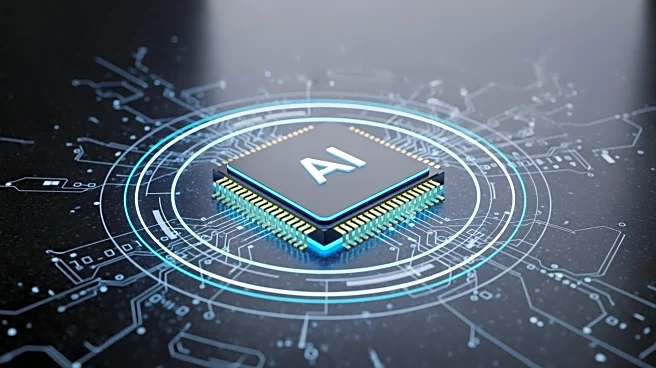What's Happening?
A recent study published in Nature details the development of a novel multi-degree-of-freedom cascaded hybrid electro-mechanical resonator system. This system is designed to achieve ultra-high sensitivity in detecting mass and stiffness perturbations.
The research focuses on the amplitude ratio between the output signals of mechanical and electrical resonators, which serves as the primary output metric. The system's sensitivity is enhanced by a weaker coupling factor and a higher degree of freedom, allowing for precise measurements of small perturbations. The study also includes simulations demonstrating the system's behavior under various conditions, highlighting its potential for high-sensitivity applications.
Why It's Important?
The introduction of this hybrid resonator system could significantly impact industries requiring precise measurement capabilities, such as aerospace, automotive, and medical devices. The system's ability to detect minute changes in mass and stiffness with high sensitivity could lead to advancements in sensor technology, improving the accuracy and reliability of measurements in critical applications. This development may also drive innovation in the design of new sensors, potentially leading to more efficient and cost-effective solutions in various fields.
What's Next?
Future research may focus on optimizing the system's design to further enhance its sensitivity and reduce noise interference. Additionally, exploring practical applications and integrating this technology into existing systems could be the next step. Industries and researchers might collaborate to test the system in real-world scenarios, assessing its performance and identifying potential improvements. The study's findings could also inspire further exploration into hybrid resonator systems, potentially leading to new breakthroughs in sensor technology.
Beyond the Headlines
The development of this hybrid resonator system raises questions about the ethical implications of increased surveillance capabilities. As sensor technology becomes more sensitive, concerns about privacy and data security may arise. It is crucial to consider these aspects as the technology is developed and implemented. Additionally, the long-term impact on industries and the potential for job displacement due to automation and improved sensor technology should be considered.


